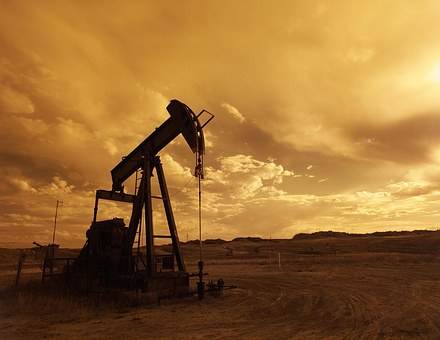
The Capital Market Authority of the Kingdom of Saudi Arabia (CMA) has agreed to launch an IPO that has been promised by Crown Prince Mohammed bin Salman since 2016. The IPO will be offered in two phases by 5% from the company in the Kingdom and abroad. The offering aims to raise about $100 billion from investors. Prince Mohammed said the listing of Aramco is a way for the kingdom to raise capital for the country's sovereign wealth fund, and stressed that those revenues were for developing new cities and profitable projects across Saudi Arabia. The crown prince also said that Aramco's ownership would eventually be transferred to the Public Investment Fund, meaning the Saudi government would remain the largest shareholder.
Aramco's low-cost oil production and huge reserves have helped turn the kingdom into one of the world's top 20 economies, but state control of the company carries a number of risks for investors. With the offering, those fears are less. The IPO will be limited to the Saudi stock market first. According to local media, the Saudi local exchange could start trading on December 11, 2019. Saudi Aramco made $111 billion in profits last year, more than Apple, Royal Dutch Shell and Exxon Mobil combined.
In its approximately 650-page IPO prospectus, Aramco said the offering period for investors will begin on November 17. It will be closed to individual investors on November 28 and institutional investors on December 4. Aramco will price its shares on Dec. 5, the document said.
The company also announced plans to pay at least $75 billion in annual profits starting in 2020, but questions remain about the value of Aramco. Crown Prince Mohammed bin Salman has priced the company at $2 trillion, but analysts estimate the value to be close to $1.5 trillion. Despite questions about Aramco's valuation and how much the company would eventually sell on the Saudi exchange, the size and profitability of the company made it attractive to investors, both at home and abroad. Saudi Aramco is the kingdom's oil and gas producer, pumping more than 10 million barrels of crude oil per day, or about 10% of global demand.
The IPO has been delayed for years due to valuation concerns and the place of its listing abroad. Oil prices were above $100 a barrel and collapsed in 2014 to below $30 a barrel. Brent crude is now trading at around $60 a barrel, driven by production cuts by OPEC countries such as Saudi Arabia and those outside the organization such as Russia. These cuts have limited Saudi production, which in turn has increased the estimated government budget deficit for next year to about $50 billion.
Accordingly, Saudi Arabia has chosen to rely on local investors to raise Aramco's share price.
Saudi Aramco sought to reassure investors, given its valuation questions and the potential risks of future attacks or geopolitical risks. Consequently, it announced an offering posted on Aramco’s site last month for its intention to provide $75 billion in profits to investors in 2020.
